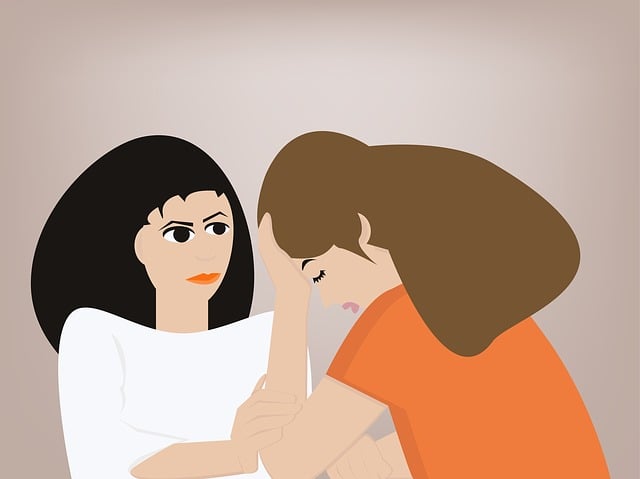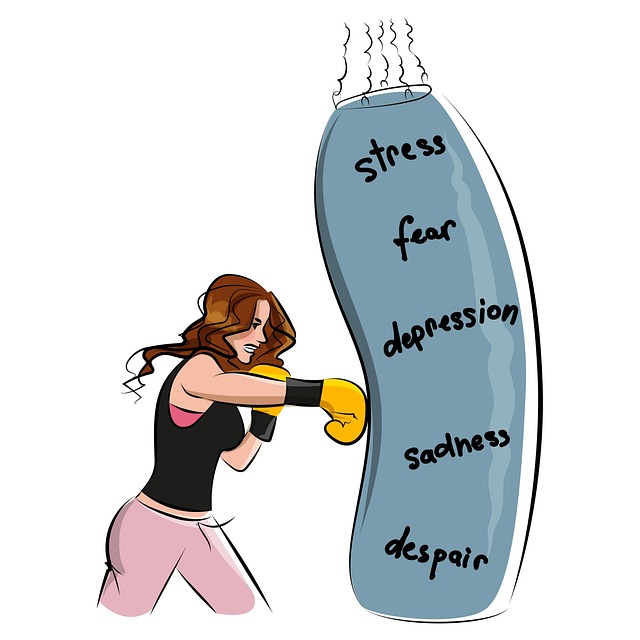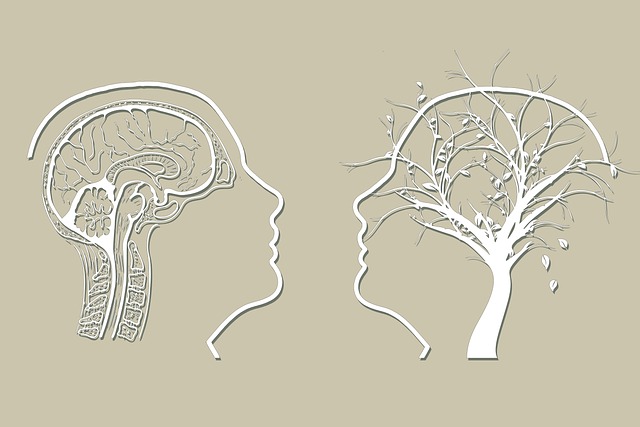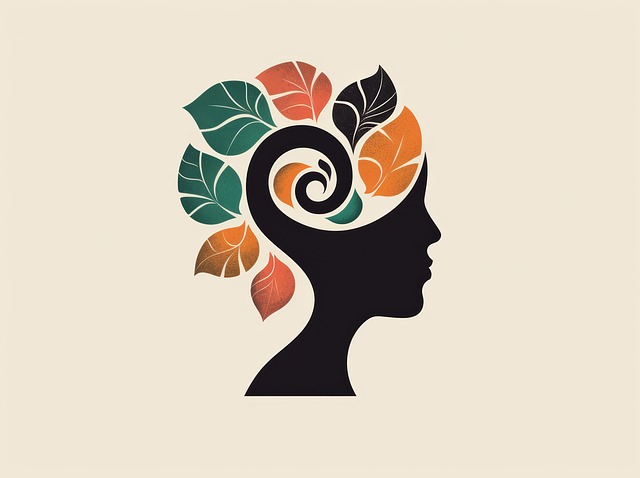Parker Domestic Violence Therapy focuses on emotion regulation techniques as its core approach, addressing the emotional dysregulation often linked to domestic violence. By teaching practical strategies for managing intense feelings, therapists help clients resolve conflicts constructively and build healthier relationships. The Parker Model provides a structured framework, combining communication strategies with compassion cultivation, enabling individuals to respond calmly to emotional triggers. This evidence-based therapy offers tailored strategies for survivors of domestic violence, integrating mindfulness, cognitive reframing, and safe space creation into comprehensive therapy plans. By mastering these skills, survivors gain emotional control, foster resilience, and enhance their mental health, leading to safer, more harmonious living environments.
Emotion regulation techniques teaching is a powerful tool in domestic violence therapy, enabling individuals and couples to manage intense emotions, prevent escalations, and foster healthy relationships. Understanding the significance of emotion regulation in Parker Domestic Violence Therapy, this article delves into effective approaches like the Parker Model, practical strategies for recovery, and integration into daily life for long-term success and prevention.
- Understanding Emotion Regulation and Its Significance in Domestic Violence Therapy
- The Parker Model: An Approach to Teaching Effective Emotion Regulation Techniques
- Practical Strategies for Individuals and Couples in Recovery
- Integrating Emotion Regulation into Daily Life: Long-term Success and Prevention
Understanding Emotion Regulation and Its Significance in Domestic Violence Therapy

Emotion regulation techniques are a cornerstone of Parker Domestic Violence Therapy, addressing a fundamental aspect of interpersonal dynamics that often underlies abusive behaviors and patterns. Understanding and managing emotions effectively is crucial in breaking the cycle of violence within homes. Domestic violence therapy recognizes that emotional dysregulation can lead to explosive conflicts, with individuals expressing aggression or withdrawing as a means of coping. By teaching clients practical emotion regulation strategies, therapists aim to help them navigate intense feelings constructively, thereby fostering healthier relationships.
This therapeutic approach goes beyond individual change by emphasizing the importance of communication strategies and conflict resolution techniques tailored to each family’s unique cultural context. Cultural sensitivity in mental healthcare practice is paramount, ensuring that domestic violence interventions are accessible and respectful to diverse communities. Through these methods, Parker Domestic Violence Therapy seeks to empower individuals and families to transform their emotional responses, leading to safer and more harmonious living environments.
The Parker Model: An Approach to Teaching Effective Emotion Regulation Techniques

The Parker Model, derived from Parker Domestic Violence Therapy, offers a comprehensive framework for teaching effective emotion regulation techniques. This approach emphasizes understanding and managing intense emotions in a healthy manner, which is crucial for maintaining strong relationships and promoting mental health awareness. By integrating communication strategies and compassion cultivation practices, individuals learn to respond rather than react to emotional triggers, fostering a deeper sense of self-awareness and empathy.
Through this model, educators can guide students in recognizing emotional cues, developing coping mechanisms, and nurturing a supportive inner dialogue. The techniques taught are practical and accessible, enabling individuals to navigate challenging situations with resilience and grace. By combining theoretical knowledge with hands-on exercises, the Parker Model ensures that learners not only understand emotion regulation but also have the tools to apply it effectively in their daily lives.
Practical Strategies for Individuals and Couples in Recovery

In the context of recovery from domestic violence, learning effective emotion regulation techniques is a powerful tool for individuals and couples seeking to rebuild their lives. Parker Domestic Violence Therapy offers tailored strategies that address the unique emotional challenges faced by survivors. These practical approaches, often integrated into comprehensive therapy plans, can include mindfulness practices, cognitive reframing, and safe space creation within relationships. By mastering these skills, individuals gain better control over their emotional responses, fostering resilience and enhancing overall mental health.
The process involves empowering both parties to recognize and manage intense emotions constructively. For couples, this may entail rebuilding communication lines, establishing healthy boundaries, and developing coping mechanisms for triggering situations. Incorporating evidence-based practices such as those recommended in Mental Health Policy Analysis and Advocacy, Burnout Prevention, and Emotional Well-being Promotion Techniques, therapy sessions create a supportive environment where individuals learn to navigate their emotions without resorting to unhealthy behaviors or relapsing into abusive patterns.
Integrating Emotion Regulation into Daily Life: Long-term Success and Prevention

Integrating emotion regulation into daily life is a key component of long-term success in Parker domestic violence therapy and other mental health contexts. By teaching individuals effective communication strategies and emotional coping mechanisms, therapists empower clients to manage their responses to challenging situations. This proactive approach not only aids in resolving current conflicts but also prevents potential future escalations by fostering healthier relationships and improved mental well-being.
Mental health education programs design plays a crucial role in this process. Through comprehensive training, professionals can enhance their ability to conduct risk assessments for clients, identifying underlying emotional triggers and vulnerabilities. By integrating these insights into therapeutic practices, mental health professionals can tailor interventions to individual needs, ensuring sustained positive outcomes. This holistic approach, combining emotion regulation techniques with ongoing mental health education, contributes significantly to the prevention of interpersonal violence and promotes a safer, more supportive environment for all involved.
Emotion regulation techniques play a pivotal role in domestic violence therapy, offering individuals and couples powerful tools for long-term recovery. As evidenced by the Parker Model and other practical strategies discussed, teaching these skills can significantly enhance well-being and prevent future conflicts. By integrating emotion regulation into daily life, those who have experienced domestic violence can achieve greater resilience and foster healthier relationships. The Parker Domestic Violence Therapy approach provides a comprehensive framework for professionals to guide clients toward emotional healing and personal growth.












